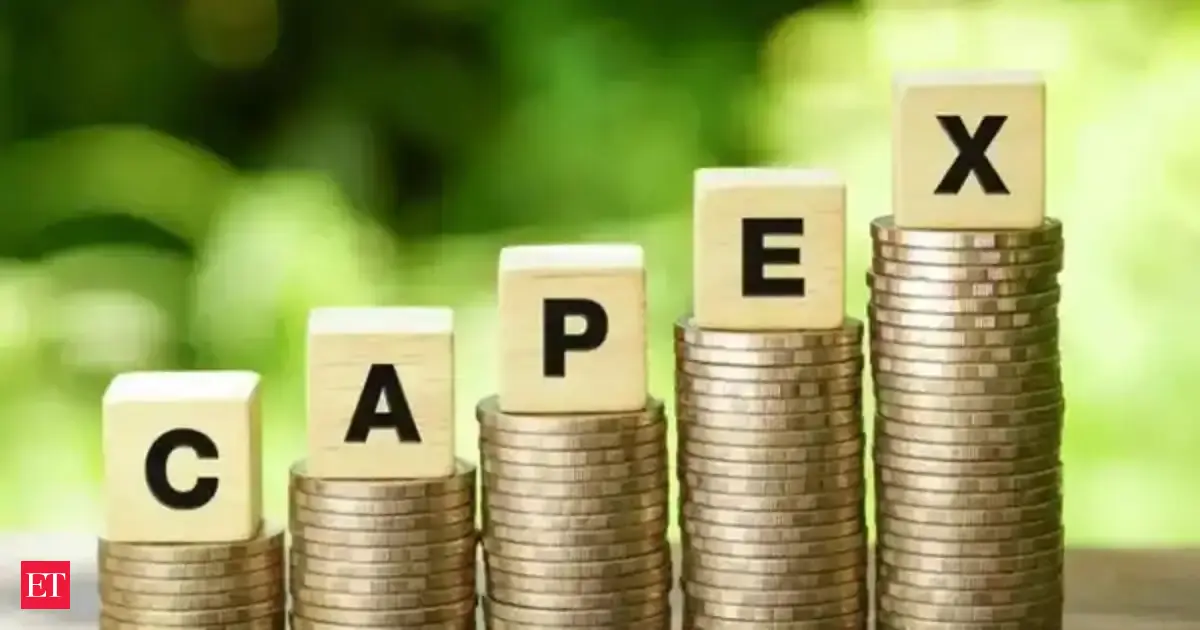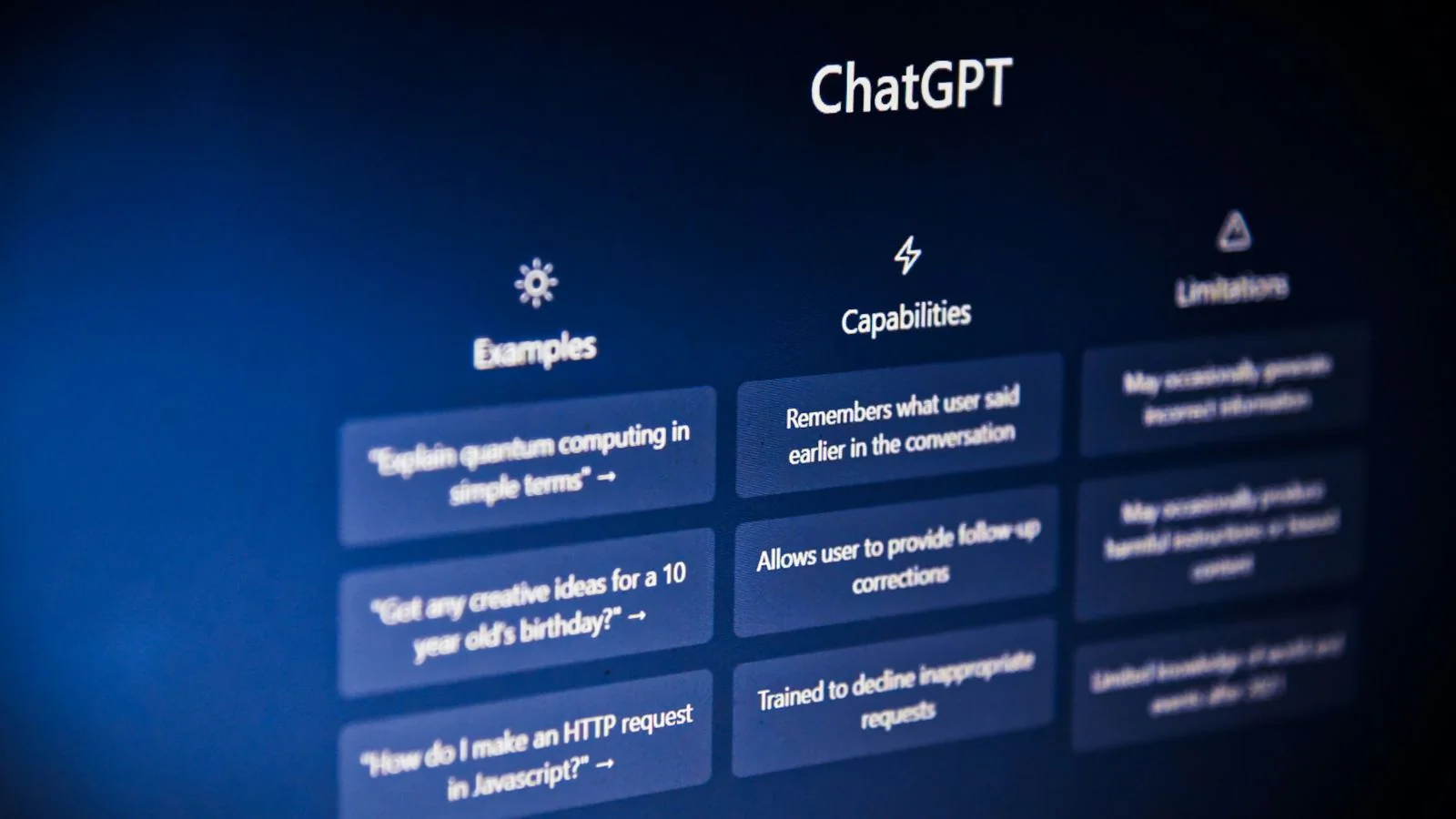By Sahil Rumba
Copyright techgenyz

Climate Fintech apps help track and offset your carbon footprint easily.Verified projects ensure transparency in carbon offsetting.Climate Fintech tools empower sustainable lifestyle choices.
We increasingly live through screens for things like shopping, eating, commuting, and even connecting with loved ones. What we sometimes forget is that every action behind those screens leaves a mark on the planet. Carbon footprints are not abstract; they are embedded in the way we buy, fly, drive, and power our homes. Fortunately, as concern for climate grows, so do the tools that help us understand, reduce, and offset those marks.
In 2025, a class of fintech and climate-tech apps is making it easier for individuals, and even small businesses, to see their impacts in real time and take steps to make things a little lighter.
Why are these apps more than nice to have
Decades ago, carbon offsetting and emissions tracking were things companies or activists did. For most people, the idea of measuring their own emissions felt too complex or vague. But climate change has brought urgency. Heatwaves, floods, and air pollution are daily realities in many places, including India. As people seek agency, climate fintech tools offer concrete steps: find your footprint, see where you can shrink it, and invest (through offsets or behavior changes) to compensate where you cannot avoid emissions.
Moreover, regulators and investors are not pushing sustainability, ESG (Environmental, Social, Governance) reporting, and carbon neutrality. Being able to show real, verified carbon offsets, or at least a credible plan, matters not only to one’s ethics but increasingly to finances.
What features make a good fintech carbon app?
From reviewing many of these tools, a few features will stand out as crucial. The apps that are considered to be helpful and nice will have:
Accurate carbon footprint calculators: Good tools ask about diet, transportation, energy usage, flights, and often purchases. The data sources or emission factors (how much CO₂ per km driving, per kWh, etc.) should be clear.Verified offsetting options: If the user is paying to offset, the app should partner with third-party certified projects (Gold Standard, Verra/VCS, ACR, etc.) and show them the types of projects they are supporting (tree planting, renewable energy, etc.).Actionable suggestions: Seeing the footprint is one thing, but it’s far more motivating when the app suggests concrete changes (for example, “If you take the train instead of the car X times/week, you will reduce emissions by a certain value”).Behavior tracking: Some apps link to your financial spending (purchases, bills), travel logs, electricity usage, etc., to auto-track parts of your footprint rather than making you fill everything in manually.Affordability and ease of use: If it is expensive or hard to use, people drop off. Subscription models need to justify what you get (education, offsetting, reminders) beyond the numbers.
Apps and Fintech Tools leading the way
These are the current tools in 2025 that are doing many of these things well. Some are more global, some more regionally focused, some lean toward offsetting, and others toward behavior change.
What it does: Klima is a mobile app that helps the user calculate their annual carbon footprint by asking lifestyle questions (how often they fly, drive, what diet they follow, etc.). It then offers a monthly subscription plan for offsetting, allowing you to choose projects such as tree planting, clean cook stoves, or renewable energy.
It is a simple and user-friendly app that shows the user how much carbon they have offset, how many trees have been planted, and other relevant environmental impact metrics. It also provides suggestions for reducing emissions beyond mere offsetting. Because many feel overwhelmed, this mix of simplicity plus action makes real change possible.
Earthly provides a free app that lets users track their carbon emissions by month and then offset them via vetted environmental projects. The user can choose to ‘double your impact,’ meaning the user offsets more than their total emissions.
Transparency is strong; projects are verified with organizations like the Gold Standard, Verified Carbon Standard, and American Carbon Registry. The app informs users where the offsets are going, which helps build trust. For many people, knowing where their money lands is almost as important as doing the offset itself.
Green Balance
Green balance is more fintech/banking integrated and helps users see the carbon emissions associated with their transactions and each purchase or expense and then offers tools to offset and reduce them. It also gives personalized tips and supports certified offsets.
Many of us do not think purchases count toward our footprint, but they do. If the user’s bank or finance app automatically shows that one lunch, one ride-hail, and one shopping trip have emissions, that awareness nudges behavior. The integration with financial transactions means less manual work and more visibility.
Based in India, OffsetGo is building a blockchain-powered marketplace and calculation tool. It lets users (businesses especially) measure emissions, purchase credits, and support verified green projects. It also provides life cycle assessments and sustainability reporting.
Local applicability is powerful. Indian users may find OffsetGo more contextually relevant in terms of projects, verification, local cost, etc. Additionally, business users requiring reporting or compliance can utilize it. Verified offsets plus transparency are central to its design.
How these tools translate into real life
It’s one thing to see numbers on a screen, but the real value of climate fintech tools emerges when those insights turn into everyday habits. Many users find themselves choosing lower-carbon modes of transport, cycling, walking, or taking public transit, once the app reveals how much driving inflates their footprint. Others make dietary shifts, such as cutting back on meat or processed foods, when they see the outsized role food plays in emissions.
For unavoidable activities like air travel or major purchases, these tools enable people to offset their impact by funding verified projects in tree planting, clean cook stoves, or renewable energy. Some even use finance integrations to build carbon-aware budgets, setting aside monthly offset contributions or capping high-carbon spending. In each case, the abstract numbers translate into tangible lifestyle choices, empowering people to live more consciously and sustainably.
Climate fintech apps are not silver bullets. They can’t stop climate change alone. But they do something powerful: they give many of us back a sense of agency. They transform the overwhelming problem of emissions into something personal and manageable. Users can see their footprint, decide what to change, support concrete solutions, and measure their impact.
If people try one, they should perhaps start with a period of experimentation, track their emissions without immediately offsetting, see what parts surprise them, then decide where to act. Over time, small changes add up: a different commute, a more sustainable diet, or a subscription that channels funds into verified clean energy.
Although the climate crisis is vast, our daily decisions matter. And fintech tools that help us make those decisions consciously are part of a hopeful story: one where technology helps us heal, not just consume.



